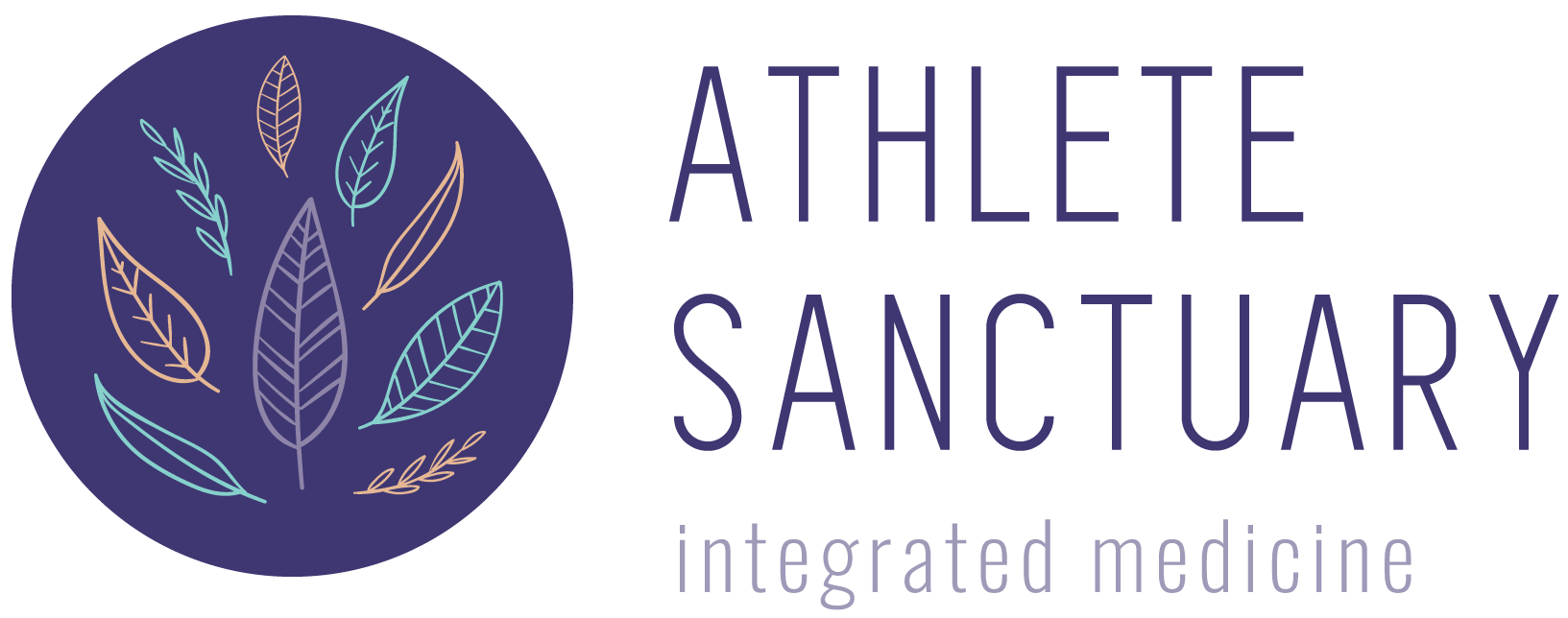With the popularity of plant-based diets and increased numbers of women participating in sport, it isn’t surprising that anaemia in athletes is on the rise.
Iron is also needed for protein metabolism, collagen and antioxidant synthesis, as a co-factor for key enzymes involved in energy production, muscles, DNA and hormone synthesis; and immune function. Iron plays a key role in forming hemoglobin in red blood cells. Haemoglobin is necessary for the transportation of oxygen around the body and is critical to athletic performance.
If left untreated, iron deficiency and anaemia may contribute to decreased endurance; reduced training capacity and recovery lead to more frequent colds and other infections.
Why are athletes have an increased risk of anaemia
*Greater iron utilisation and requirements of iron
*Inflammation which reduces the body’s ability to store iron,
*Gastrointestinal tract stress limiting the absorption of iron through nutrition and blood loss,
*Loss of iron through sweat
*Haemolytic breakdown of red blood cells through footstrike
*Blood loss may also occur through urine
*Insufficient intake of iron-rich foods and more plant-based foods
*Heavy periods in female athletes
In the general population, anaemia most commonly results from nutrient deficiencies due to low intake of iron-rich foods and blood loss such as with heavy periods, haemorrhoids or gastric ulcers. Surgery and eating disorders and exposure to viruses (e.g. Malaria), toxins (e.g. lead) or renal disease, and some drugs, reduce iron absorption. Low stomach acid, diarrhoea, Coeliac’s and Crohn’s disease and gastric bypass also decrease iron absorption. Increased requirements such as in pregnancy can also lead to deficiencies.
Iron is found in plants and animal meats
It is important to remember there are two different forms of dietary iron.
Heme iron is found in animal meats such as liver, lamb, beef and kangaroo.
Non-heme iron is derived from plant sources such as legumes, dried fruits, nuts and leafy green vegetables, tofu and eggs.
As the body must change the structure of the non-heme iron before it can be absorbed, heme iron from animal products is more bioavailable for the body. This doesn’t mean a vegetarian will always be low in iron, it just means they need to be smart about where they get their iron, and ensuring they include high amounts of other nutrients that aid absorption of iron.
| HEME IRON SOURCES | ||
|---|---|---|
| Food | Average serving | Iron (mg) |
| Kangaroo | 150g cooked (palm size) | 4.8 |
| Beef | 150g cooked (palm size) | 4.6 |
| Lamb | 150g cooked (palm size) | 3.7 |
| Oysters | 84 g (8) | 3.1 |
| Chicken liver pate | 40g (2 tablespoons) | 2.5 |
| Chicken | 150g cooked (1 cup) | 2.4 |
| Salmon | 170g (3/4 cup) | 2.0 |
[/mk_table][mk_table]
| NON-HEME IRON SOURCES | ||
|---|---|---|
| Food | Average serving | Iron (mg) |
| Lentils | 1 cup cooked | 6.6 |
| Black strap molasses | 2 tablespoons | 6.4 |
| Quinoa | 1 cup cooked | 5.3 |
| Spinach | 1 cup cooked | 4.4 |
| Kidney beans | 1/2 cup | 2.6 |
| Tahini | 2 tablespoons | 2.6 |
| Eggs | 2 cooked | 2.2 |
TOP 10 TIPS – To increase your iron absorption
*Consume foods high in vitamin C such as capsicum, berries, citrus and guava and malic acid rich foods such as watermelon, berries, kiwi, apricots and mango in the same meal to enhance non-heme iron absorption. Don’t forget natures wonders such as parsley and beetroot that are also great blood builders.
*Eat fresh wholefoods. Consume 2 serves of fruits mentioned above per day plus 5-7 serves of vegetables and 2-3 serves of wholegrains per day. These foods provide nutrients that aid iron metabolism such as copper, vitamin A, vitamin B2, B12, folic acid, molybdenum, selenium and amino acids.
*Eat red meat, fish or chicken with vegetables. Consuming meat at the same time as plant-based sources of iron can enhance the non-heme absorption from plants by 85%. Consume a palm-size portion of iron-rich foods 4-5 times per week to maintain iron levels.
*Cook your iron-rich vegetables. Cooking plant-based iron foods such as spinach may improve iron bioavailability.
*Improve your digestion and boost your hydrochloric acid levels by drinking freshly squeezed lemon juice or apple cider vinegar in water 15 minutes before meals so you break down foods efficiently.
*Use pots and pans made from iron while cooking. The iron can go into the food during cooking.
*Separate iron from calcium-rich foods. Consume foods containing substances that inhibit iron at least 2 hours away from an iron-rich meal or iron supplements. Calcium, oxalic acid, tannins and phytate-containing foods may all reduce the absorption of iron when consumed together.
- Calcium-rich foods such as cow’s milk, cheese, yogurt and calcium supplements.
- Oxalic acid s can be found in chocolate, tea, uncooked spinach and chard.
- Tannins can be found in coffee, cocao, red wine, peppermint tea, and cranberries.
*Soak, sprout, ferment and cook (where appropriate) foods containing phytic acid found in legumes (beans, lentils, chickpeas) and other wholegrains, nuts and seeds to limit the effect phytates have on reducing iron absorption.
*Be aware of drugs such as antacids like Mylanta, antibiotics, and aspirin which decrease iron absorption. Separate iron supplements and iron-rich foods from medications.
*Avoid self-prescribing supplements as too much iron can be toxic! See your naturopath for testing, advice on your iron status, and the quantity and best form of iron to take.
About the Author: Kate Smyth is a Sports naturopath, nutritionist and female-centric running coach. She is the founder of the Athlete Sanctuary- a holistic healthcare clinic for athletes of all levels and sporting codes. Kate has a thirst for knowledge with two bachelor’s and a master’s degree under her belt. She has been involved in sports for many decades and competed for Australia in the Commonwealth Games and Olympic Games marathons with a personal best time of 2 hours 28 minutes. For more information visit www.athletesanctuary.com.au



